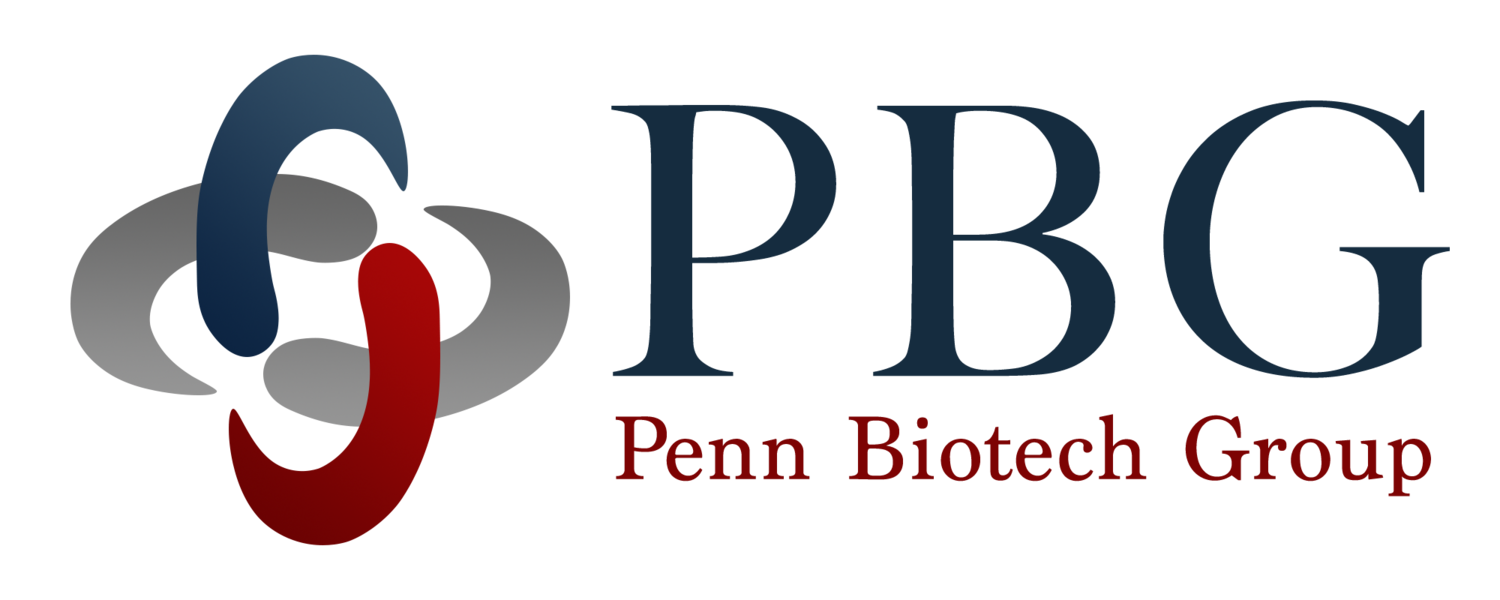Session 3-B: Bridging Academia and Industry: Fueling Biotech Innovation
Click on their image to learn more about each speaker
Michael Kalos, PhD
Managing Director, Next Pillar Consulting | Senior Venture Partner, Orange Grove Bio | CEO, IpiNovyx Bio
Stephanie Wisner, MBA
Co-founder at Centivax | Forbes 30 Under 30 | Author of Building Backwards to Biotech
Sophia Su, MBBS, MS
Investment Director, Junson Capital
Moderator: Heather A. Steinman, PhD, MBA
SVP, Business Development & Executive Director, Technology Transfer at The Wistar Institute
Pre-panel Q&A
Question: What are the key challenges in fostering partnerships between academic institutions and biotech companies, and how can both sides overcome these to drive innovation?
Answers: “Successful academic institutions fundamentally have different goals, motivations, and definitions of ‘success’ than a successful business. That is not a bad thing. However, typically the difficulty when bridging academic technologies and professors into a business occurs because academic approaches are attempted to be applied in a business setting. This can be overcome with business training and building understanding for scientific founders, as well as helping business people understand the training typical to academic science.” — Stephanie Wisner, MBA
“The bullets I would develop and could speak to [at the session] would be:
Challenges and difficulty negotiating licensing terms: Unreasonable expectations, focus on proximal gains, inter-institutional variability in ask and experience
Forming a productive partnership with founder PI to transition process from discovery of “cool" science to building a focused company to deliver medicines” — Michael Kalos, Ph.D.
“My view on the key challenges through past investment experiences are:
Mindset Discrepancy: There exists a mindset discrepancy between scientific research and commercialization world. While research focuses on innovation and novelty, the market values products that generate profit. Bridging the considerable divide between advanced technology and a successful product requires those in academia to adjust their expectations accordingly.
Identifying the Right Application: Aligning scientific research technology with real-world unmet medical needs is crucial for looking for effective application.
Intellectual Property: Ensuring clarity and distinction between IP terms licensed from academic sources and those developed internally is essential.
The role of PI: A clear cut of the responsibility and participation of professors from academia to industry is also crucial.” — Sophia Su, MBBS, MS




